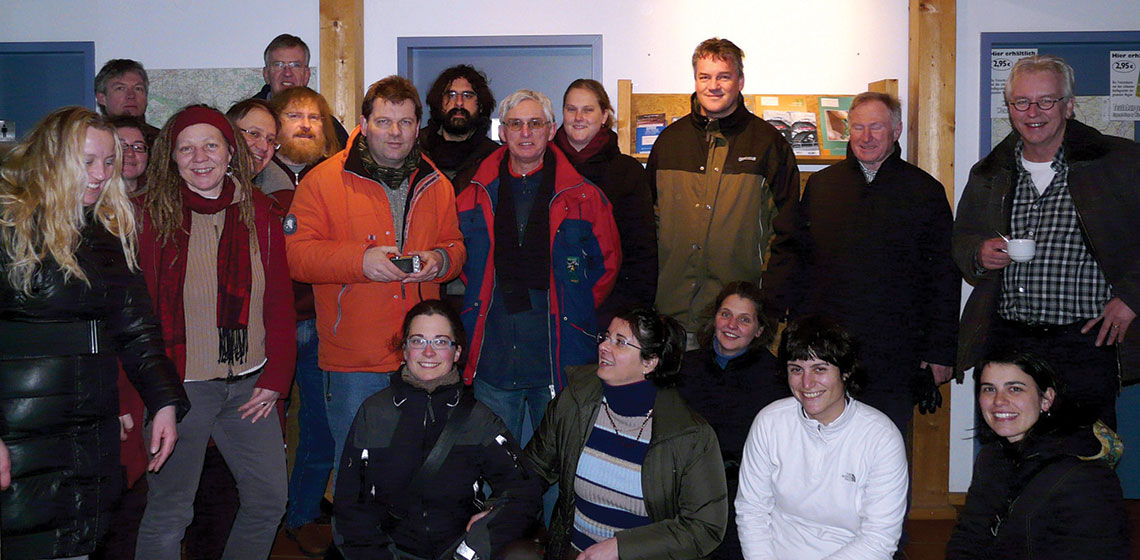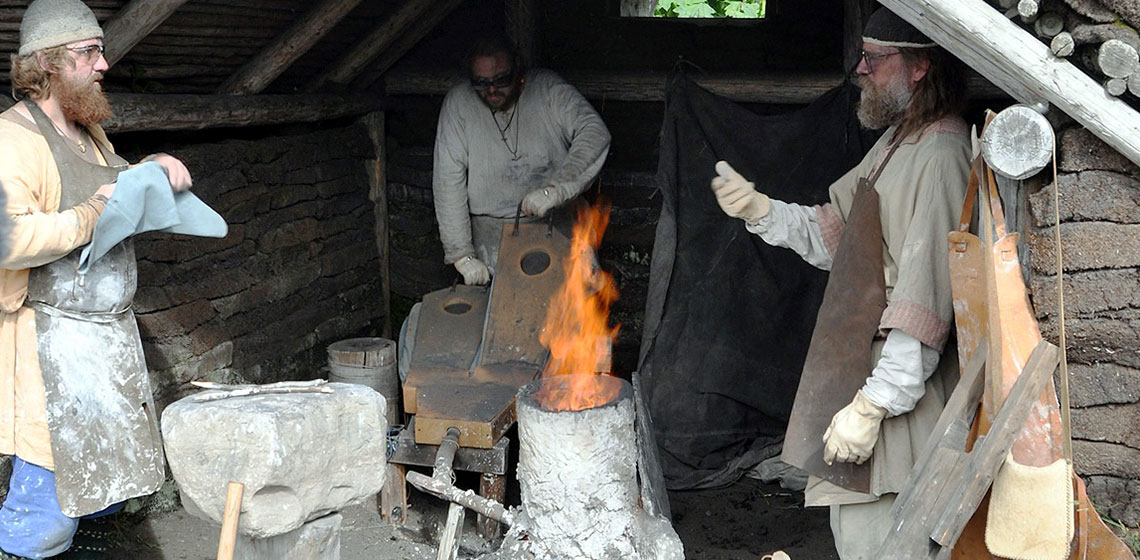Roman Era
Conference Overview 2010/2011
A wide range of conferences on experimental archaeology and open air museums took place in 2010 and 2011, both in Europe and the Americas. This brief summary is based on the conference reviews from our contributors which can all be accessed freely on EXARC JOURNAL website from early 2012 on...
Grundtvig, Life Long Learning in Archaeological Open-Air Museums
In November 2009, the idea for launching a network on adult education in EXARC was picked up. The first step was a preparation meeting in Oerlinghausen, Germany where we met with about 20 EXARC members from almost all corners of Europe. By mid 2010, 15 organisations, including EXARC itself joined in two so called Grundtvig Learning Partnerships, funded by the European Union...
"But if you don't get any IRON..." Towards an Effective Method for Small Iron Smelting Furnaces
Building and operating a small bloomery iron furnace is certainly a wonderful public demonstration for any museum or living history site. It is however a complex technical process, with many individual factors combining for success. Over the last decade in North America, small teams of blacksmiths have developed predictable working methods through trial and much error. This direct practical experience can provide some insights into questions that even the best researched theories may not be able to solve.



